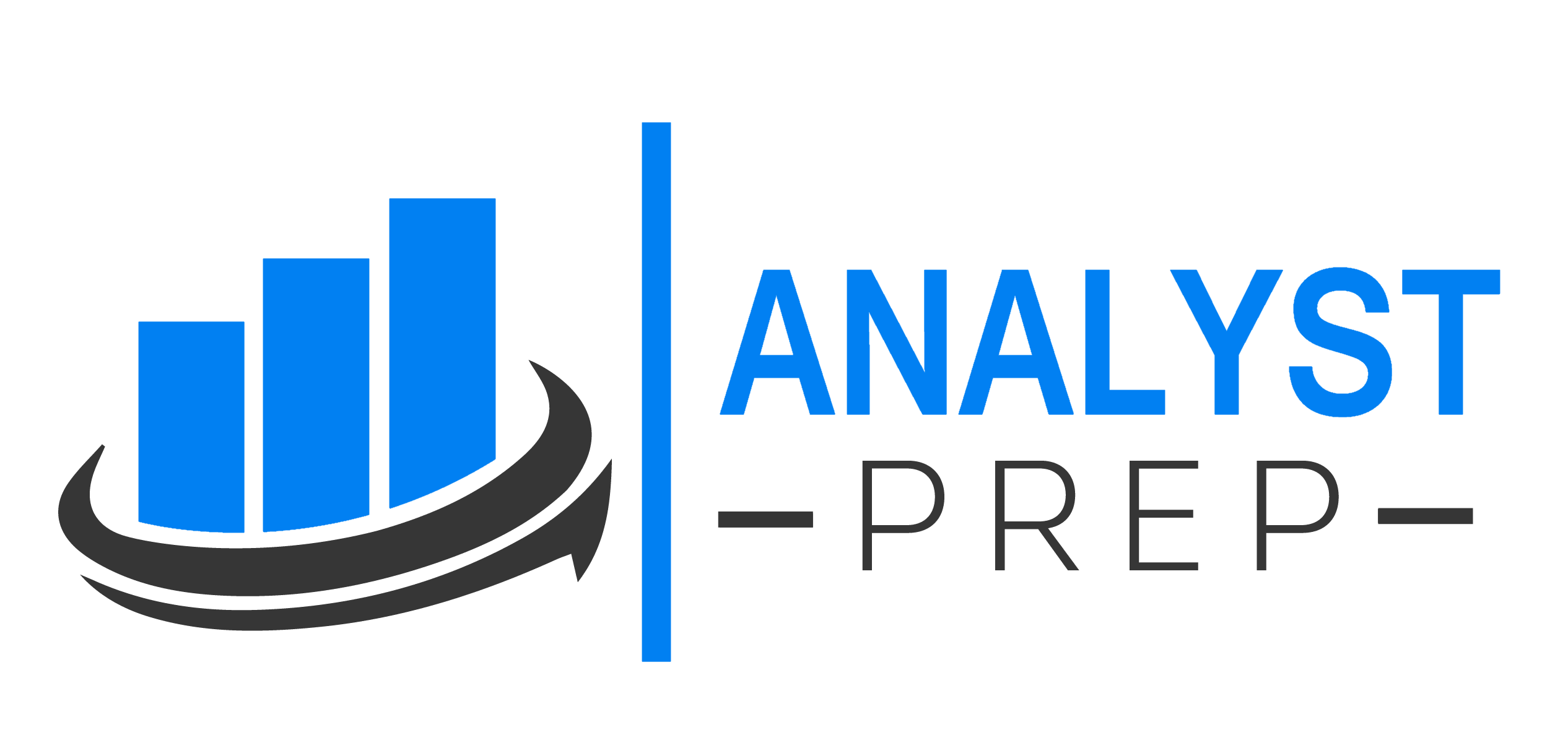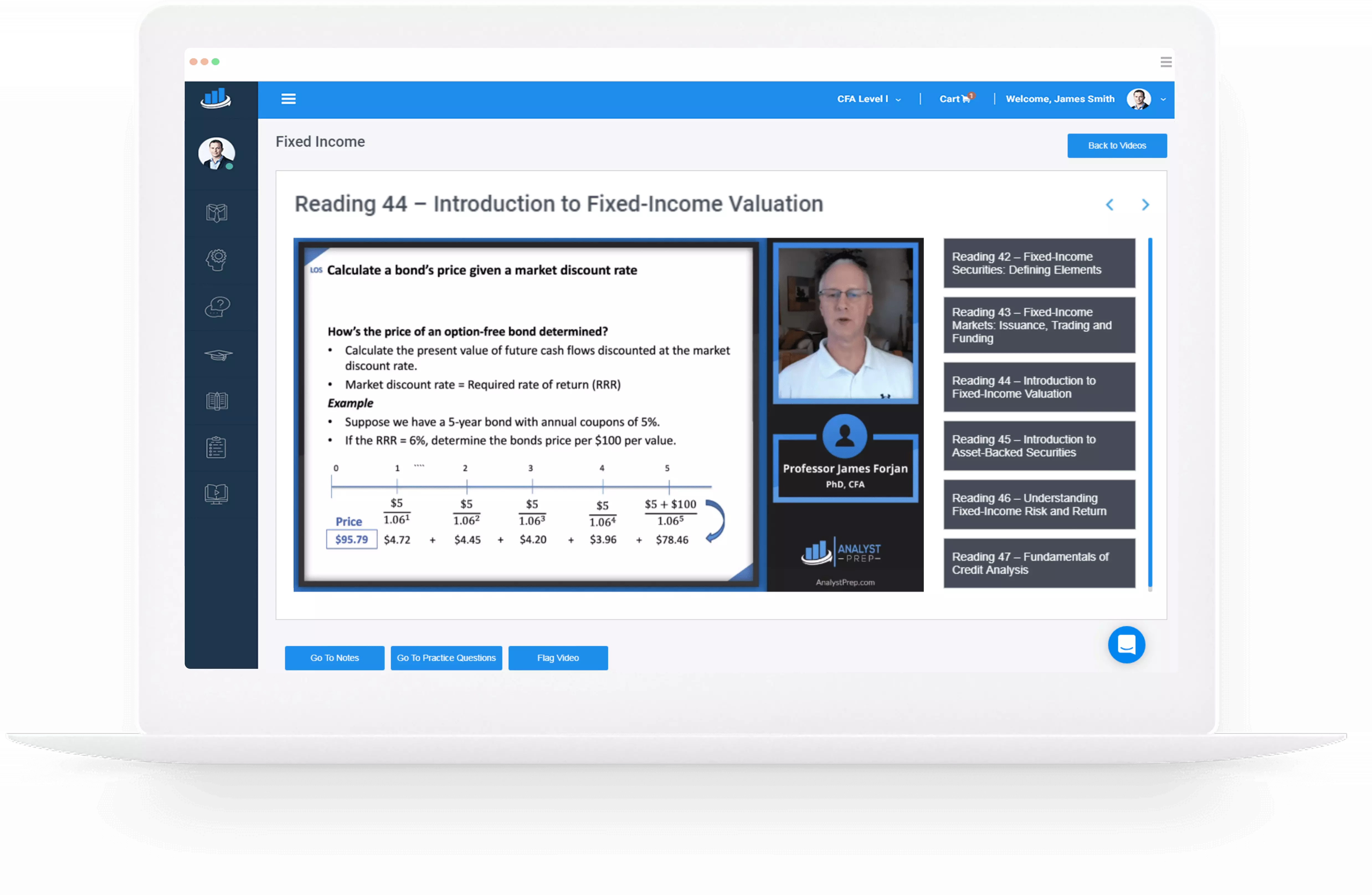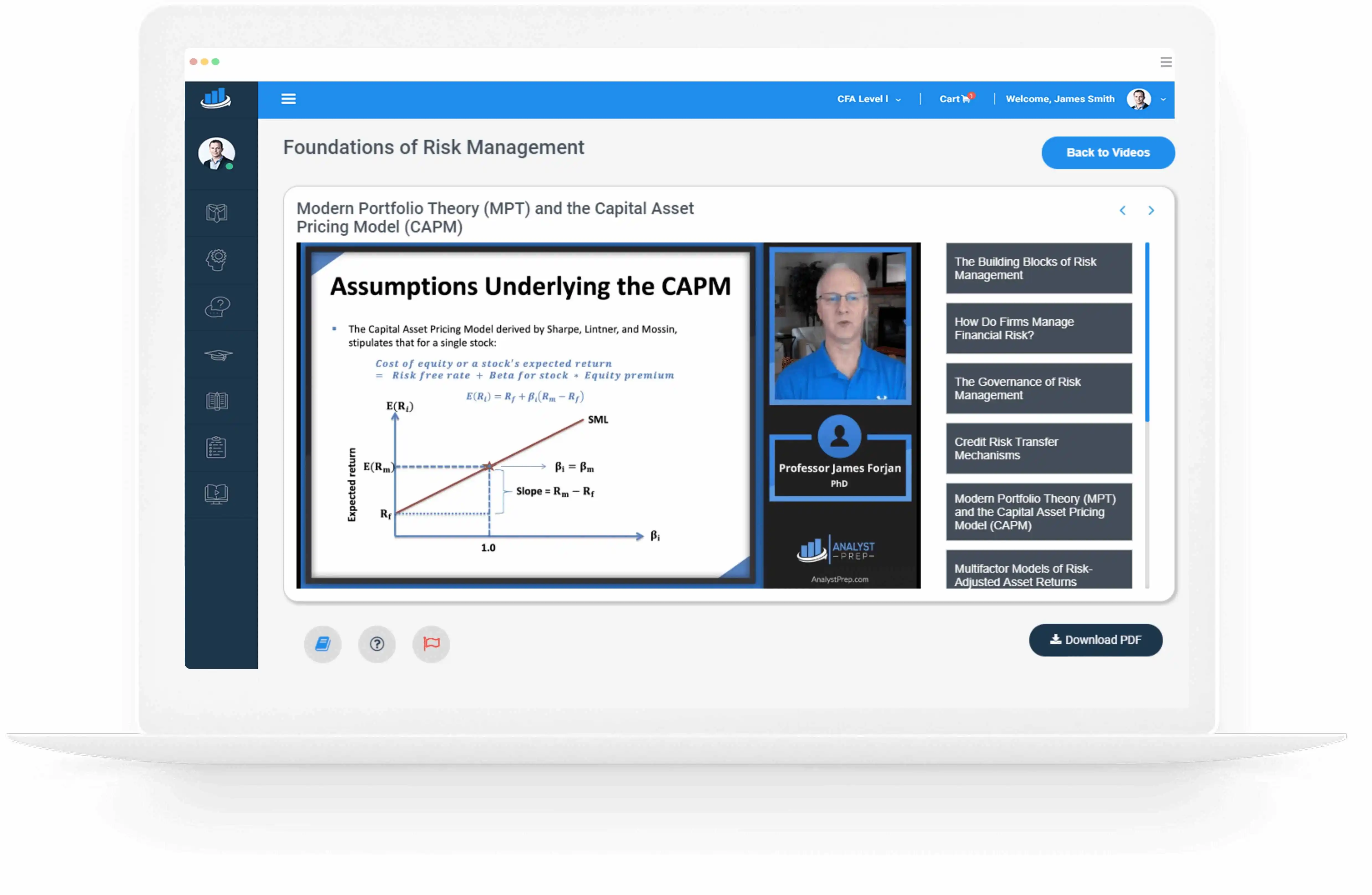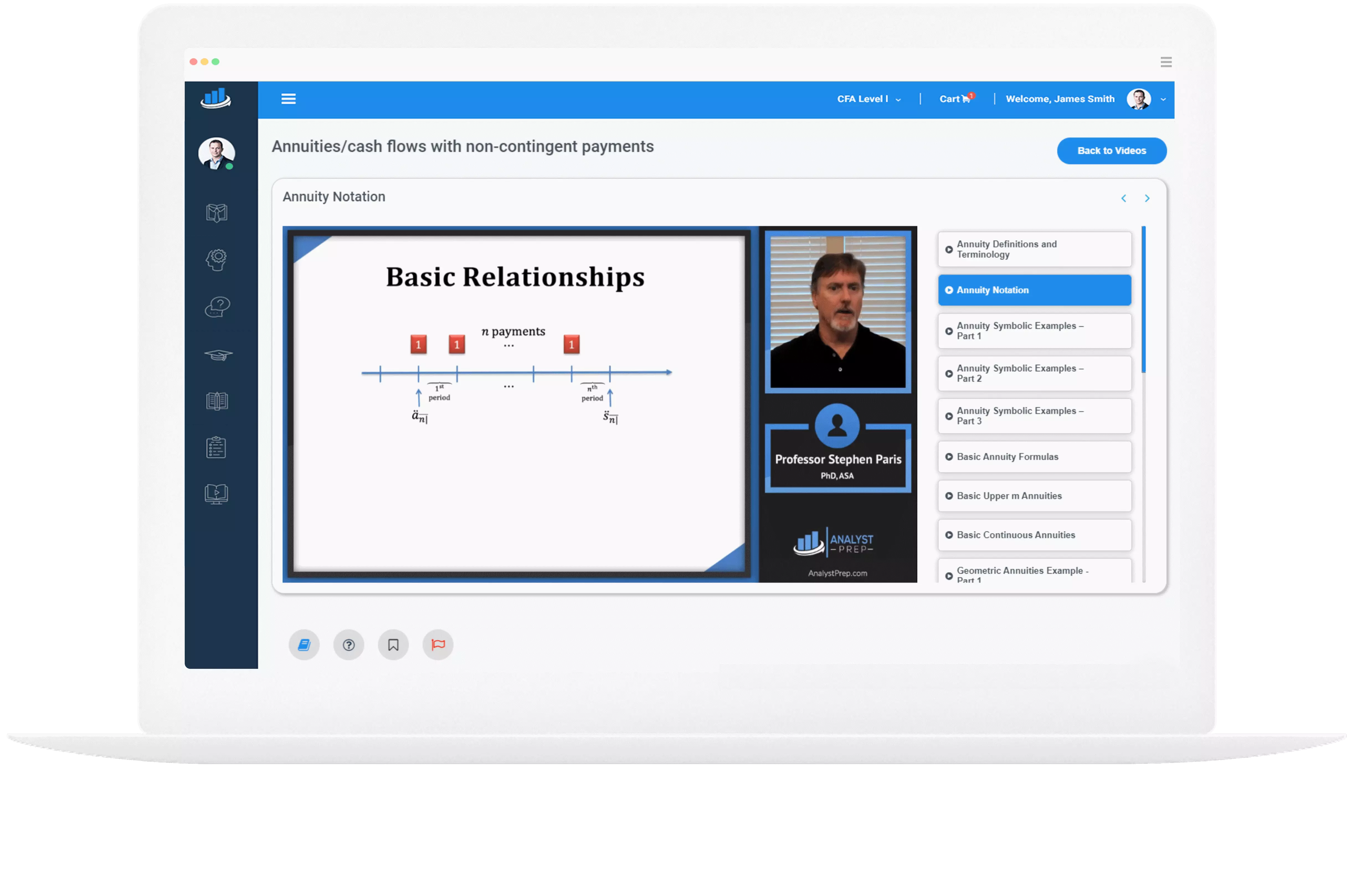Tools of Fiscal Policy
The tools that governments use ton influence the economy can be divided into spending and revenue tools. Spending tools refer to the overall government spending while revenue tools refer to taxes collected by the government. Government Spending Tools Capital Expenditure…
Roles and Objectives of Fiscal Policy
Roles and Objectives of Fiscal Policies Fiscal policy affects the following three aspects of an economy. The level of aggregate demand and the economic activity level. Income and wealth distribution among different segments of an economy. Allocation of resources between…
Macaulay Duration
Definition Macaulay duration was introduced in the previous learning objective. It provides an understanding of the bond’s sensitivity to interest rate fluctuations. At its core, Macaulay duration is the weighted average time until a bond’s cash flows are received. It…
Relationship among a Bond’s Holding Period, Macaulay Duration, and Investment Horizon
Holding Period Return (Horizon Yield) This represents the total return an investor anticipates from holding a bond over a specific duration. It’s influenced by the coupon payments received and any change in the bond’s price due to interest rate movements….
Sources of Return from Investing in a Fixed-rate Bond
Sources of Return Investors in fixed-rate bonds achieve returns through the following: Receipt of anticipated coupon and principal payments. Reinvestment of coupon payments. Capital gains or losses are realized when the bond is sold prior to its maturity. Discount bonds…
Compare Monetary and Fiscal Policy
Fiscal Policy Fiscal policy refers to government decisions on taxation and spending. These decisions affect a number of factors in the economy, including: Distribution of wealth and income across different parts of a country. The allocation of resources in all…
Economic Indicators over the Business Cycle
As we will discuss below, the use of resources necessary for the production of goods and services fluctuates during a business cycle. Fluctuations in Workforce and Company Costs Recovery In this phase, activity levels start to increase, closing the gap…
Credit Cycles
Credit cycles describe the changing availability and pricing of credit. They describe the growth in the private sector credit, i.e., its availability and usage of loans. Credit cycles are tied to the real economy. When the economy is strong, lenders…
Business Cycle and Its Phases
A business or economic cycle is a recurring sequence of alternating expansions (upswings) and contractions (downturns) in economic activity affecting broad segments of the economy. The phases of a business cycle occur at approximately the same time in an economy….
Spot Curve, Par curve and Forward Curve
Yields-to-maturity for zero-coupon government bonds could be analyzed for a full range of maturities called the government bond spot curve (or zero curves). Government spot rates are assumed to be risk-free. Spot Curve The spot curve is upward-sloping and flattens…




